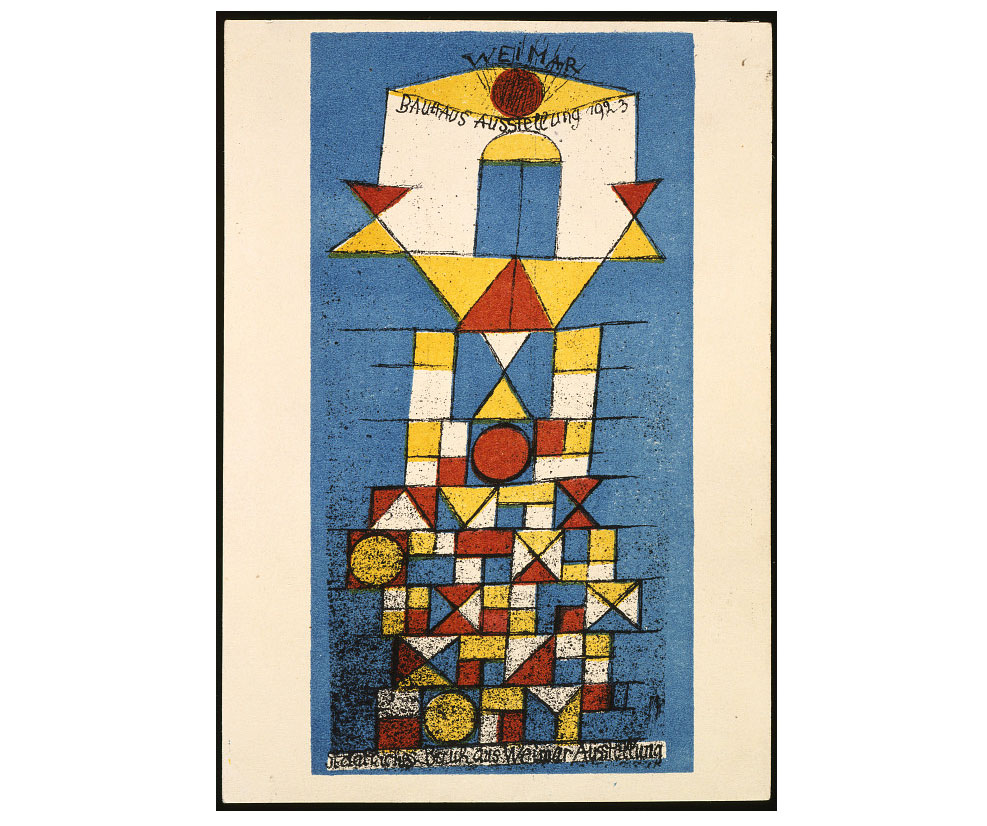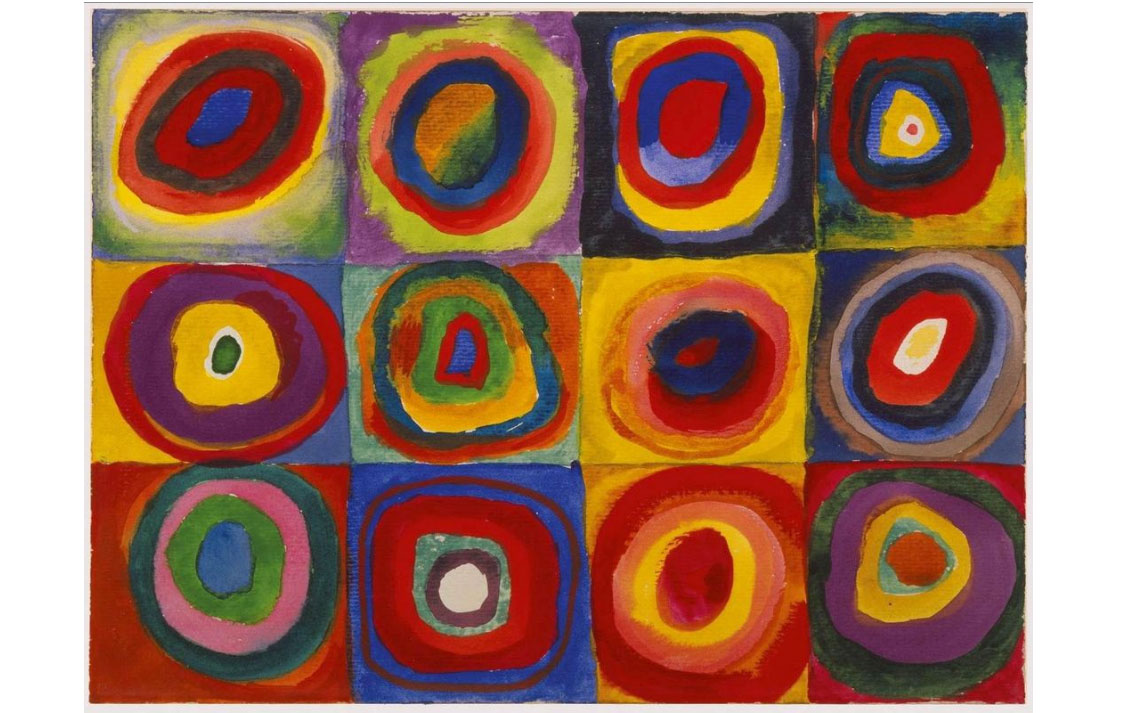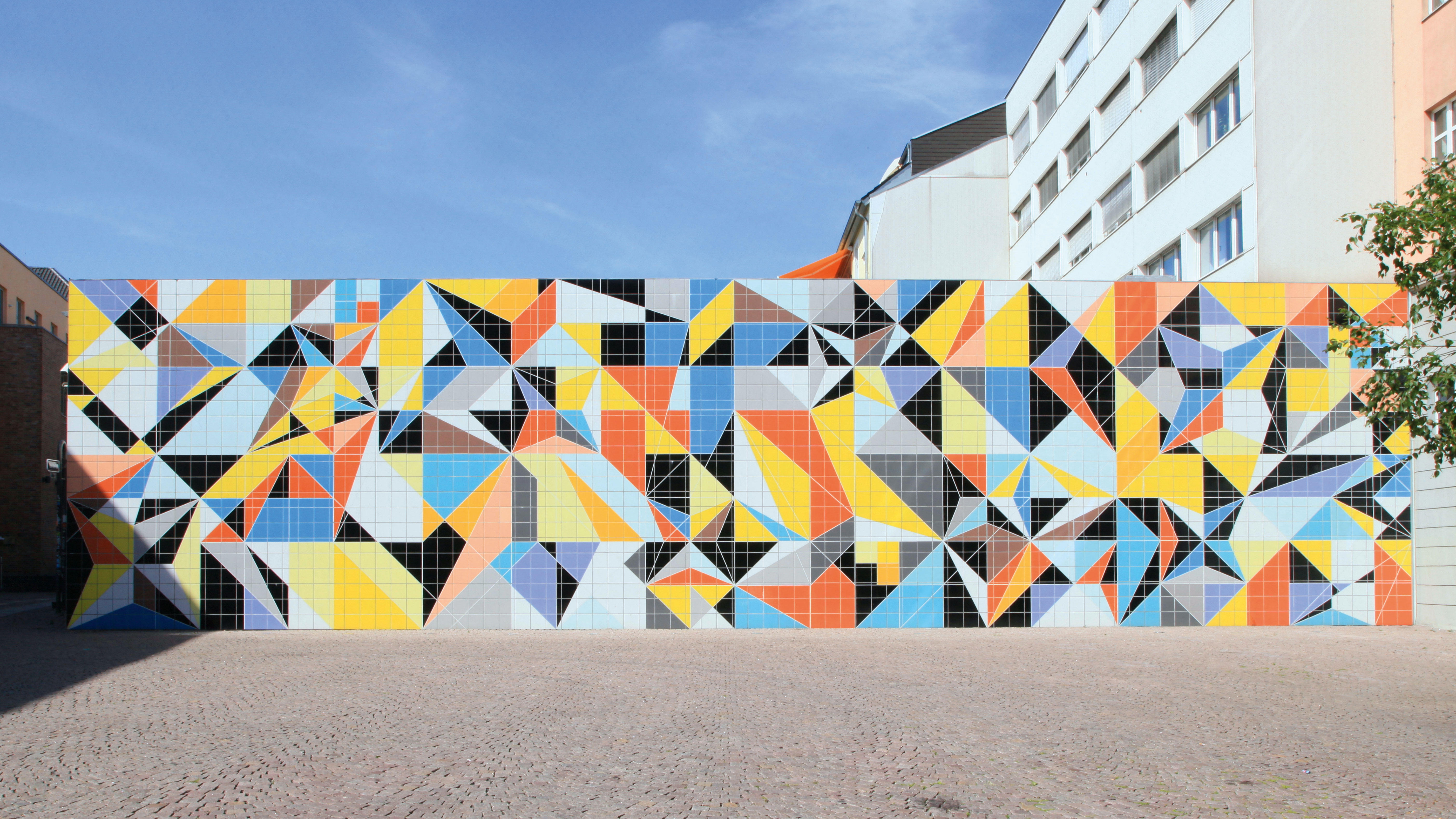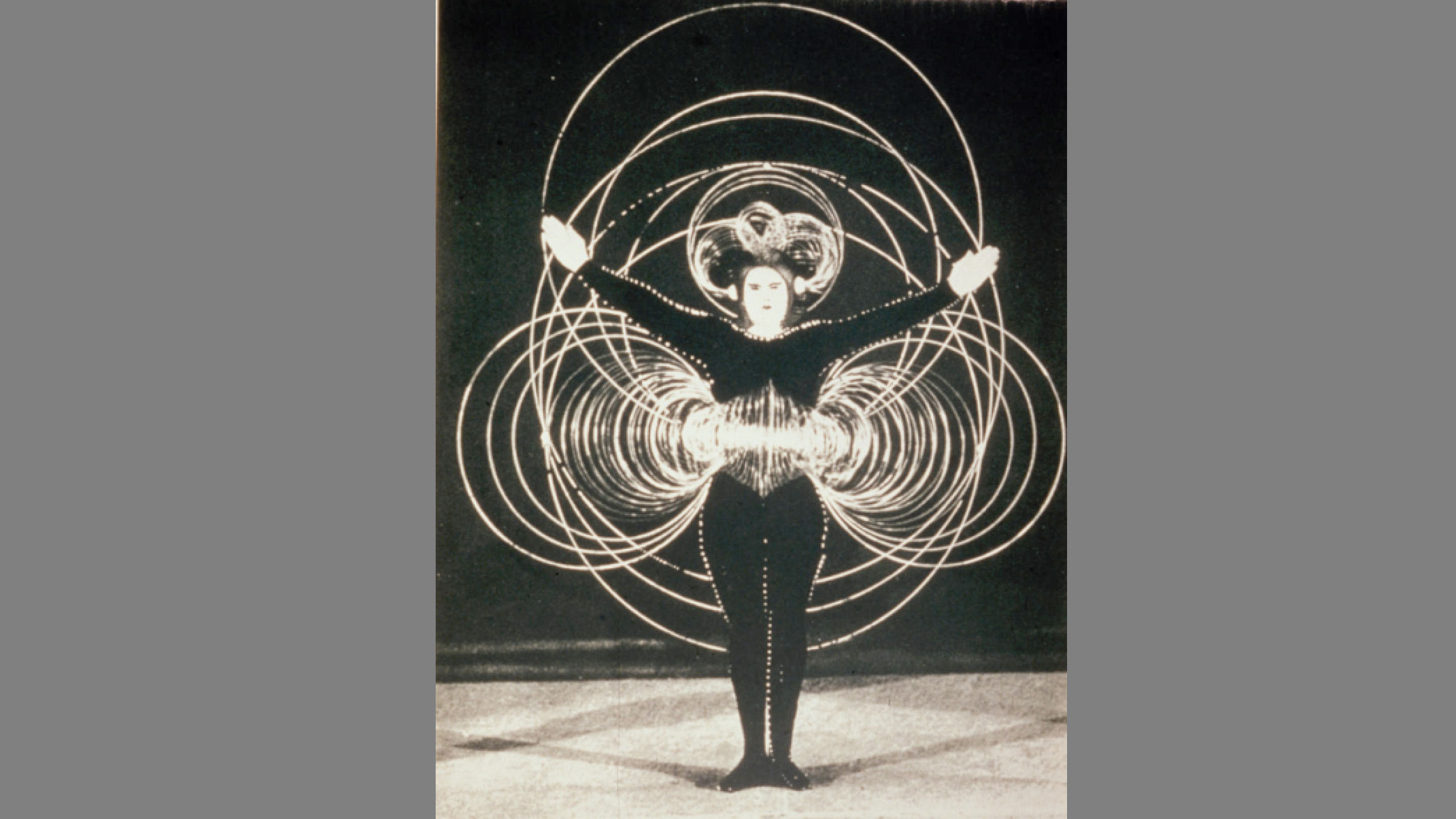The impact of Bauhaus on modern culture
As Bauhaus turns 100, we explore its modern legacy.
Today marks 100 years since the founding of the German design school, Staatliches Bauhaus, or the Bauhaus. The school opened on 1 April 1919 and spawned a movement that we know today as Bauhaus.
This movement has impacted on everything from furniture to fonts to famous buildings, and influenced countless designers and illustrators across the decades. To celebrate its anniversary, we're taking a look at how the Bauhaus has influenced modern culture. Read on to find out more...

There’s a tendency to overlook the role artists like Wassily Kandinsky and Paul Klee played within the Bauhaus. However, the way these artists interacted with the design theory being developed at the Bauhaus is fascinating.
Stephen J Eskilson is professor of art history at Eastern Illinois University and is the author of Graphic Design: A History, the third edition of which has just come out. “I love the way Kandinsky’s painting shows a shift from gestural expressionism to the machine aesthetic, although painters no longer fit the design thinking model so nobody mentions him and Klee anymore,” he says.

Perhaps this is due to the powerful influence the designer László Moholy-Nagy had between 1923 and 1928. But as the author points out, Kandinsky’s paintings do shift from rather discordant and abstract compositions towards a form of geometric order. Circles and triangles became the order of the day for him.

Paul Klee’s paintings never really conformed to the same sense of structure, but the artist did focus more on colour theory. Indeed, his notebooks are full of it, with rich reds, blues and yellows filling patterns of triangles alongside his handwritten notes. The mosaic at Paul-Klee-Platz in Düsseldorf is a creative monument that reflects Klee’s Bauhaus period.

Then there’s Oskar Schlemmer’s Triadic Ballet, which was honoured on the designer’s 130th birthday with a Google homepage animation last September. Divorcing itself from the history of ballet itself, he reinvented the art form using three-dimensional costumes constructed from vividly coloured cones and triangles. Each dancer is a mime, and the look has inspired the likes of David Bowie.
This article is part of a longer piece celebrating 100 years of the Bauhaus in Computer Arts 291, which is out now. To read the article in full, buy issue 291 or subscribe to Computer Arts.
Read more:

Thank you for reading 5 articles this month* Join now for unlimited access
Enjoy your first month for just £1 / $1 / €1
*Read 5 free articles per month without a subscription

Join now for unlimited access
Try first month for just £1 / $1 / €1
Get the Creative Bloq Newsletter
Daily design news, reviews, how-tos and more, as picked by the editors.

Garrick Webster is a freelance copywriter and branding specialist. He’s worked with major renewable energy companies such as Ecotricity and the Green Britain Group, and has helped develop award-winning branding and packaging for several distilleries in the UK, the US and Australia. He’s a former editor of Computer Arts magazine and has been writing about design, creativity and technology since 1995.
